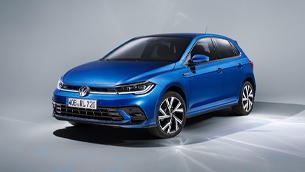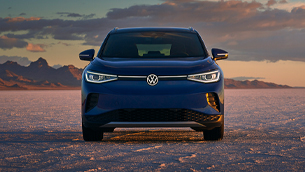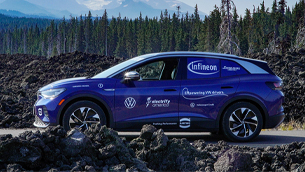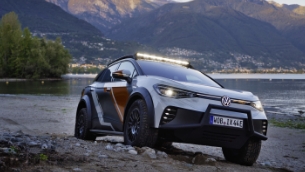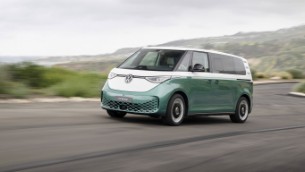Volkswagen ID. lineup overview: what makes it special
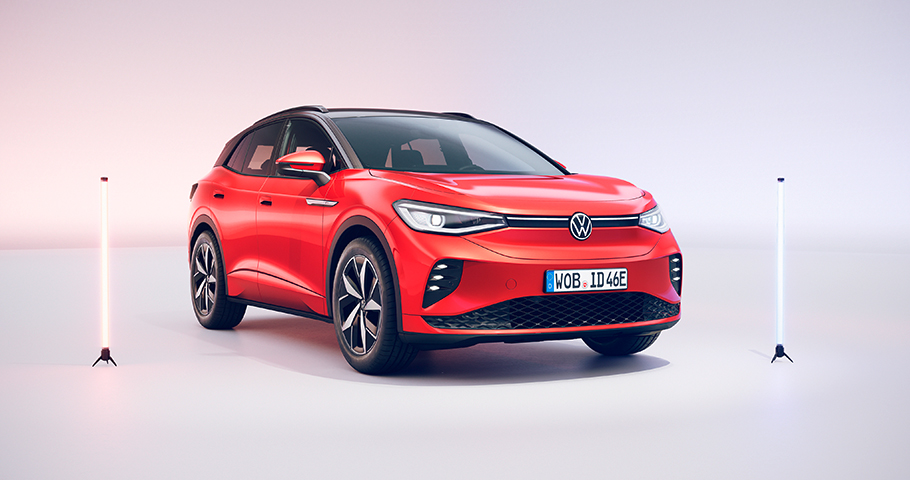 The ID lineup is definitely worth checking out. Especially after receiving the "2021 World Car of the Year" award. All the vehicles in the series come with a set of cutting-edge technologies on board and adopt the latest engineering concepts in terms of drivetrain systems. These features contribute to excellent performance rates, long-range coverage, and excellent safety.
The ID lineup is definitely worth checking out. Especially after receiving the "2021 World Car of the Year" award. All the vehicles in the series come with a set of cutting-edge technologies on board and adopt the latest engineering concepts in terms of drivetrain systems. These features contribute to excellent performance rates, long-range coverage, and excellent safety.
The battery technology in the ID. lineup
Batteries are definitely the central part of the drivetrain system of all ID. models. VW team has announced that it will increase the sales figures for electric vehicles by 2030 and therefore focus on developing even better battery systems.
The sizes in the lineup vary between 45kWh to 150kWh and depending on the model and other factors, an ID. model can cover up to 352km with a single charge. Furthermore, this output is enough to give a power output to the car and ensures between 150hp and 205hp.
SEE ALSO: Mercedes-AMG Motorsport achieved its 500th overall win
Furthermore, the batteries can be charged to their maximum capacity in about 30 minutes – all models allow for AC and DC charging. When using a home charging station, the capacity is 11kW, depending on the battery size.
Safety features
Depending on the battery size, up to three controllers are located in the housing which monitors the module voltage and temperature levels. These units compensate for deviations in the capacity of the individual cells. The main control unit and the connection box are mounted at the rear of the battery body – in the event of a serious accident they can instantly de-energize the vehicle.
Production and quality assurance
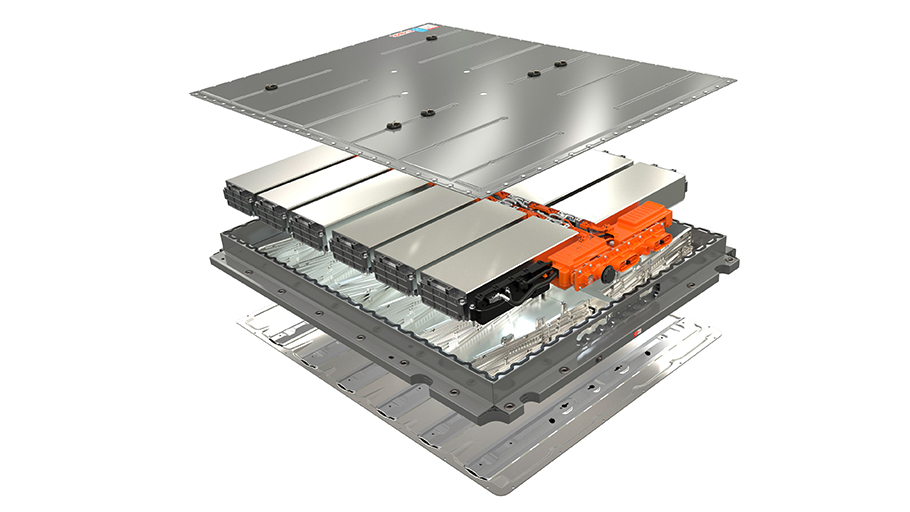
The battery systems are produced at the VW Components plant in Braunschweig, where they are also developed. Other sites for production are Foshan and Anting, Chattanooga and Mlada Boleslav. In addition, preparations are underway for Volkswagen to start its own battery cell production in Salzgitter.
VW team guarantees 70 percent of each battery's capacity for a period of 8 years or 160,000km. Also, the used-up batteries can be reused under second-life schemes.
Source: Volkswagen
